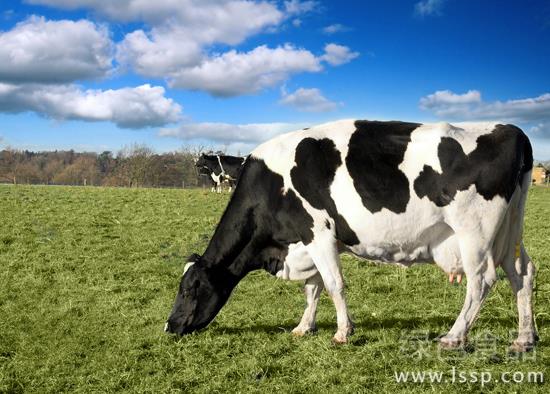Key points of cultivation of Lilium chinense
Cultivation points: ① It is required to select mountains, hills and plains with deep soil layer and good drainage, first spring planting or autumn planting, planting specifications of 3m × 5m, planting 45 plants per mu. (2) Focusing on promoting shoot expansion, using fertilizer and water management, applying thin fertilizer frequently,"one shoot and two fertilizers" to continuously promote shoot growth. The number of branches was increased, the crown was enlarged, and after 2~3 years of management, the crown width reached 2 meters and the fruit was hung. Shaping and pruning generally adopt natural round head shape, and use methods such as picking, truncating, thinning, and wiping buds to inhibit shoot growth and promote branching. Note that when young trees grow vigorously, water source conditions are good, site conditions are excellent, and growth potential is strong, ring cutting measures are used, flowers are easier to form, short flower ears are easy to set fruits, but affected by climate conditions, empty shells (seed abortion) are easy to occur. (3) Pruning after fruit picking and during shoot pulling period, cutting off reasonably by thinning, cutting short, removing sprouts and picking, and reserving sunny branches, strong branches and well-grown horizontal branches. Take out healthy autumn shoots as fruiting mother shoots, control winter shoots and promote flower bud differentiation. Increase flower quantity, protect flower, protect fruit, strong flower, strong fruit. Increased dry manure application. Promote fruit development and expansion.④ Pay special attention to strengthen fertilizer and water management. Especially after fruit harvest, water and nutrients must be replenished to the plant in time. 5. Comprehensive control of litchi bugs, borers, longicorn beetles, leaf rollers, fruit sucking moths and downy mildew. Trichlorfon and pyrethroid pesticides can be used for drug control, and frequency vibration insecticidal lamps can be used for physical control. Install one vibrating lamp every 4 hectares.
- Prev

How to ensure the healthy growth of Dairy cows: three measures for Daily Management
How to ensure the healthy growth of Dairy cows: three measures for Daily Management
- Next

Prevention of common diseases in pigs in winter
Before the arrival of winter, do a good job in the immunization of breeding pigs, such as foot-and-mouth disease, epidemic diarrhea, transmissible gastroenteritis, classical swine fever, pseudorabies dogs, blue ear disease, and do a good job of deworming. Sow immunization: the injection of transmissible gastroenteritis, epidemic diarrhea vaccine and pseudorabies vaccine should be done according to the plan, so that the sow is at a high level of immunity. Immunization of pigs: the immunity of blue-ear disease is controversial, so it is recommended to use attenuated blue-ear virus vaccine at 15 days old. Drug prevention
Related
- On the eggshell is a badge full of pride. British Poultry Egg Market and Consumer observation
- British study: 72% of Britons are willing to buy native eggs raised by insects
- Guidelines for friendly egg production revised the increase of space in chicken sheds can not be forced to change feathers and lay eggs.
- Risk of delay in customs clearance Australia suspends lobster exports to China
- Pig semen-the Vector of virus Transmission (4)
- Pig semen-the Vector of virus Transmission (3)
- Five common causes of difficult control of classical swine fever in clinic and their countermeasures
- Foot-and-mouth disease is the most effective way to prevent it!
- PED is the number one killer of piglets and has to be guarded against in autumn and winter.
- What is "yellow fat pig"? Have you ever heard the pig collector talk about "yellow fat pig"?

